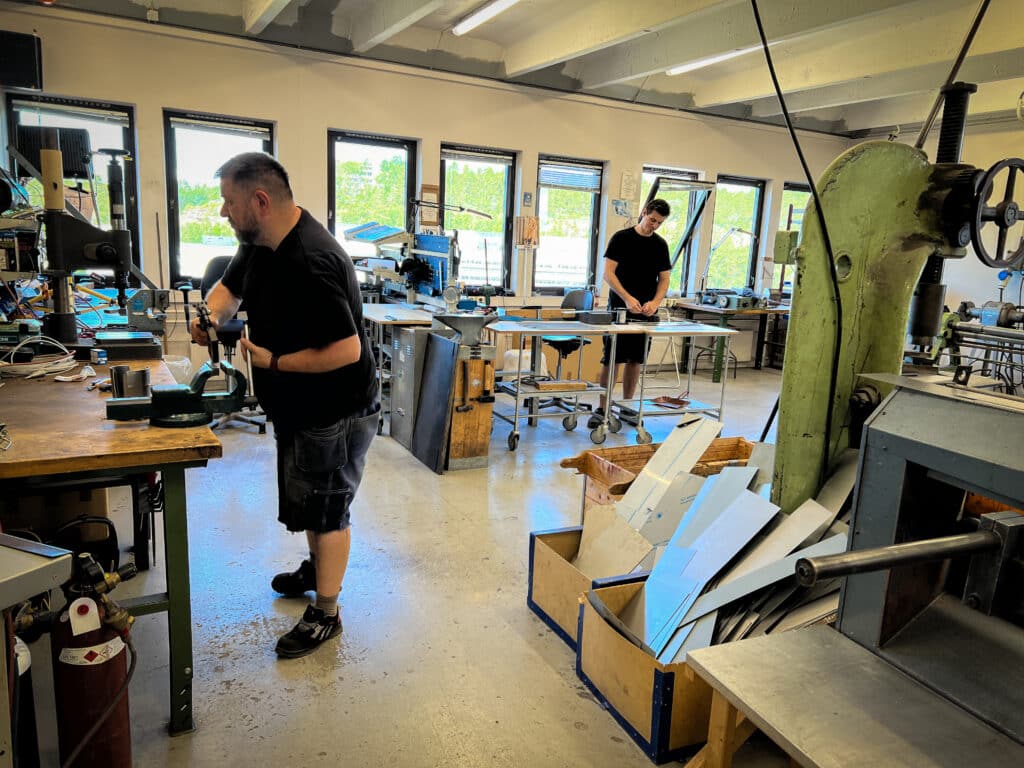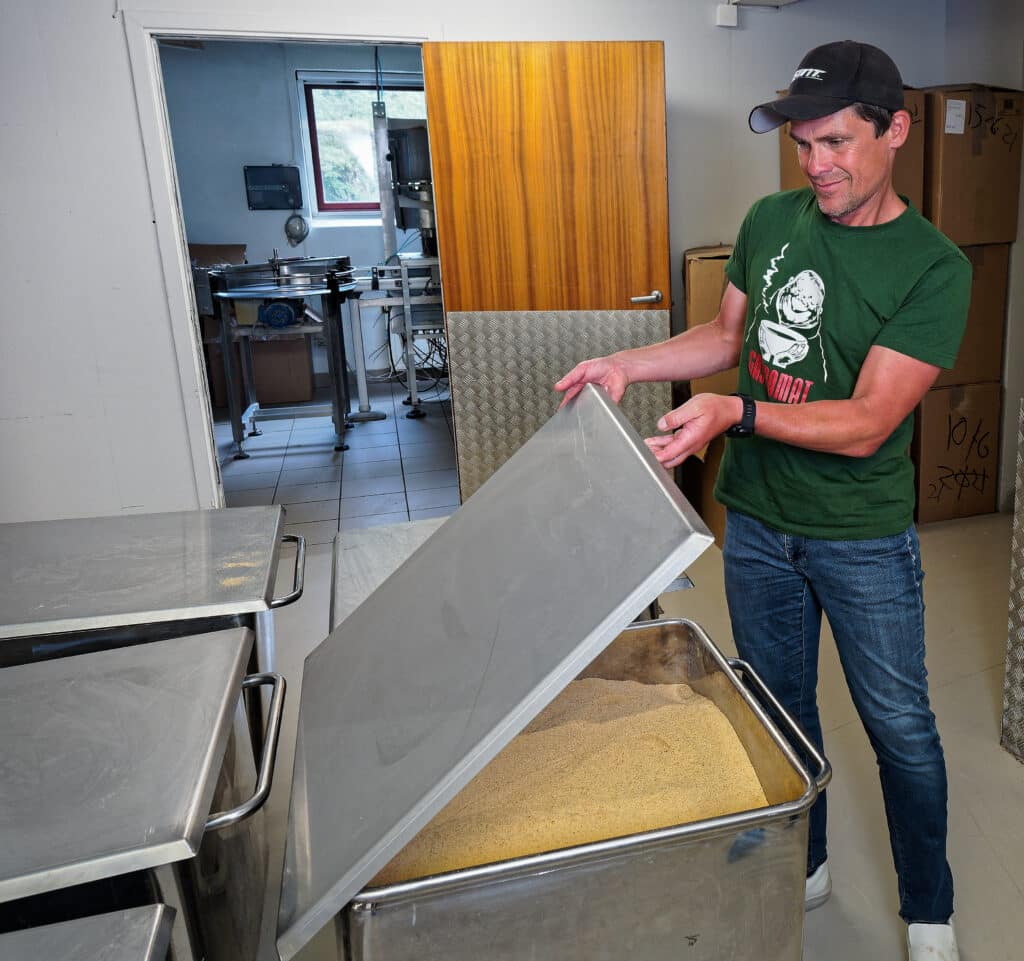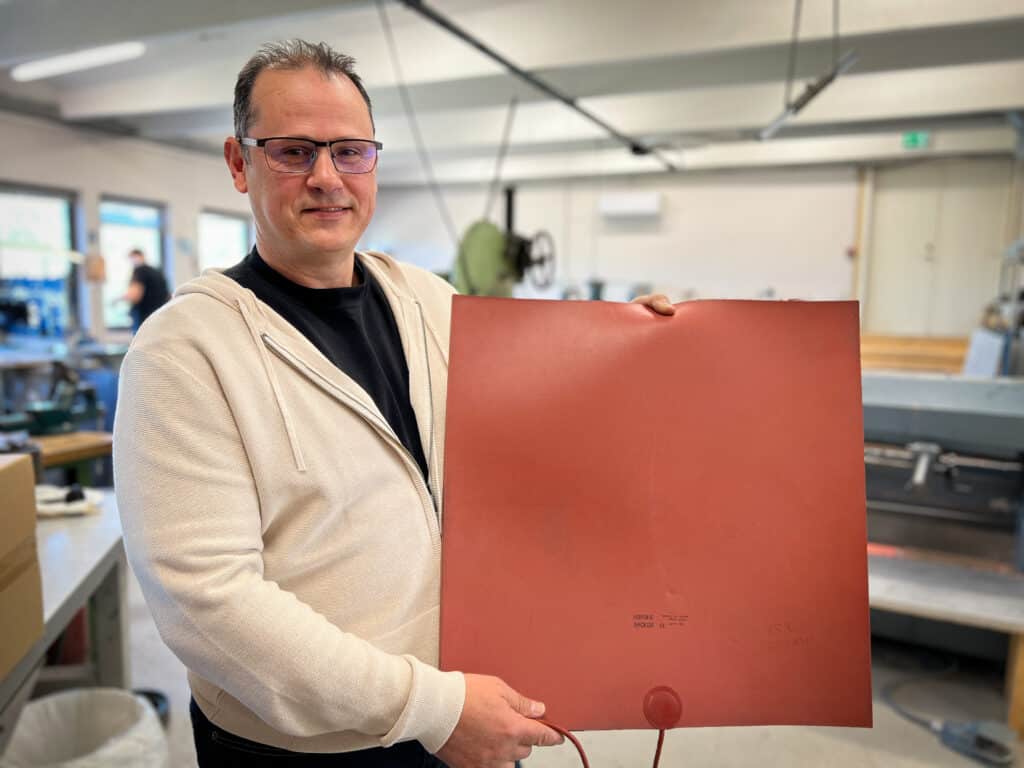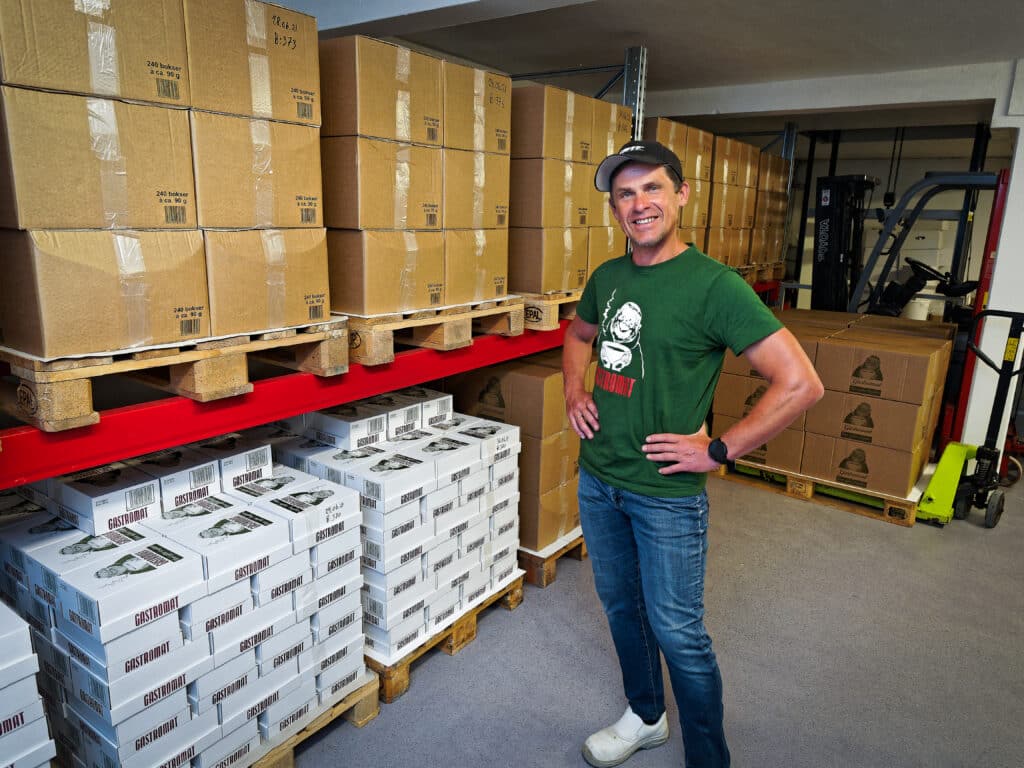Norway's favorite seasoning disappeared. When the Gastromat machine broke downit was the heating elements from Norske Backer in Moss that got the well-known seasoning cans back on the shelves.
"Crisis." "Panic." "Climbing the walls." It was nearing catastrophe in thousands of homes when the Gastromat machine broke down. At least according to reactions on social media.
– This is a machine that needs love and care. You have to get to know it, said Gastromat boss Rune Høydahl after the disaster year of 2019.
Out of Commission for Ten Months
The production machine at the small factory in Galleberg, Vestfold, stopped working. Before that, the green seasoning can with a food-loving monk was an anonymous presence in stores. Many used Gastromat, but no one made a big deal out of it.
Then the production machine stopped and was out of commission for ten months. Stores ran out, and those who still had Gastromat wanted to sell their cans for thousands of kroner.
The solution came from Moss. "The machine had burned out, and they didn't know where to get new elements," says Roger Hammoda. He is a sales engineer for Norske Backer in Moss. Norske Backer customizes heating elements for everything from the oil and gas industry to a small seasoning producer in Vestfold. Norwegian Backer customizes heating elements for everything from the oil and gas industry to a small spice producer in Vestfold.

Heating and Drying
– We have 70 factories around the world. I found out that we have a company in the USA that could deliver the heating elements they needed, says Hammoda.
For the raw materials in Gastromat to become seasoning, drying is needed. Many who tried to make their own seasoning blend discovered this. – The ingredients are simple, but then there are the mixing ratios and our special machine. It does it all, with heating and drying, says Rune Høydahl.
Leek and Garlic
Leek and garlic are fresh, local raw materials that are mashed and dried at the factory. They are then mixed with salt, glutamate, yeast extract, and edible fat.

– They use the heating elements to dry the seasoning in a drum. This creates a lot of moisture. So they need heating elements that can withstand moisture. That's what our silicone elements do, explains Roger Hammoda.
– The drum goes round and round. Then they apply heat on the outside, and the moisture goes out, says Hammoda. He never says no to a job. Not before checking if it's possible. After the Gastromat repair, he has sold several such silicone elements, but now he gets them from a European Backer factory.

– Gastromat has also talked about expanding. Then they will need new elements, and no one else can deliver them, says Hammoda.
Growth Afterwards
Gastromat boss Høydahl notes that although 2019 was a terrible year, it has gone very well since then.
– There are certain things that have just been on the shelves, and you don't really think about it. Then it suddenly disappears, and there's an uproar. Although it was tragic in 2019, it at least brought a lot of attention to Gastromat, he says. And sales have more than doubled compared to the years before the machine broke down.

– It was TV 2 that really picked up on what happened. There was a lot on TV 2 about how the factory would get back up and running. Fantastic marketing, he says. – The only thing is that on the news they said that Gastromat had gotten American elements. We weren't mentioned, but it was us who delivered them, says Roger Hammoda.
Many Stayed Home
If something bad had to happen, the timing couldn't have been better:
– During the pandemic, many stayed home. They used social media, and they were home cooking, says Høydahl.
He himself took over as general manager for Gastromat after the crisis year, in 2020. – I thought this was something old ladies had in soup. It wasn't until afterwards that I found out that Gastromat is popular among young people on grilled cheese and kids who love it on all kinds of food. It can be used on everything, according to Rune Høydahl.
At least as long as the machine works and the raw materials are dried.

